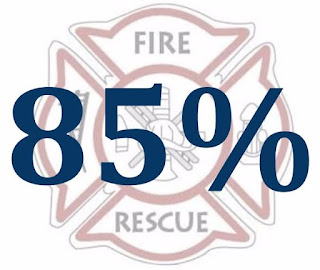In his book, Normal Accidents: Living With High Risk Technologies, Charles Perrow provides a framework for analyzing risk and argues that increasing system complexity makes failure inevitable.
In this book he introduces the acronym DEPOSE, to investigate and explain conventional accident cause. This tool can be applied to determine fire protection system and incident response failures.
D - design
Was this design appropriate? What design may have worked better? How could a different design prevented the incident or failure?
E - equipment
Did the equipment function as it should? How should the equipment have worked? What better equipment should have been employed?
P - procedures
Was a standard procedure in place? Was the operating procedure clearly communicated and understood? How can the procedure be improved on, less steps, easier to understand, etc.?
O - operators
What condition were the personnel in? Have they been properly trained? Do they have all the necessary equipment, tools, and support needed?
S - supplies and materials
Is there an adequate inventory of supplies and materials? Are these the correct supplies, material, and parts for the system on-site?
E - environment
What was the environment like at the time of the failure? Is it possible to protect against the adverse environment? Has the system or equipment been designed to work within this environment?

For more on understanding and solving fire protection problems you might be interested in, The Guide for Fire Protection Solutions.






